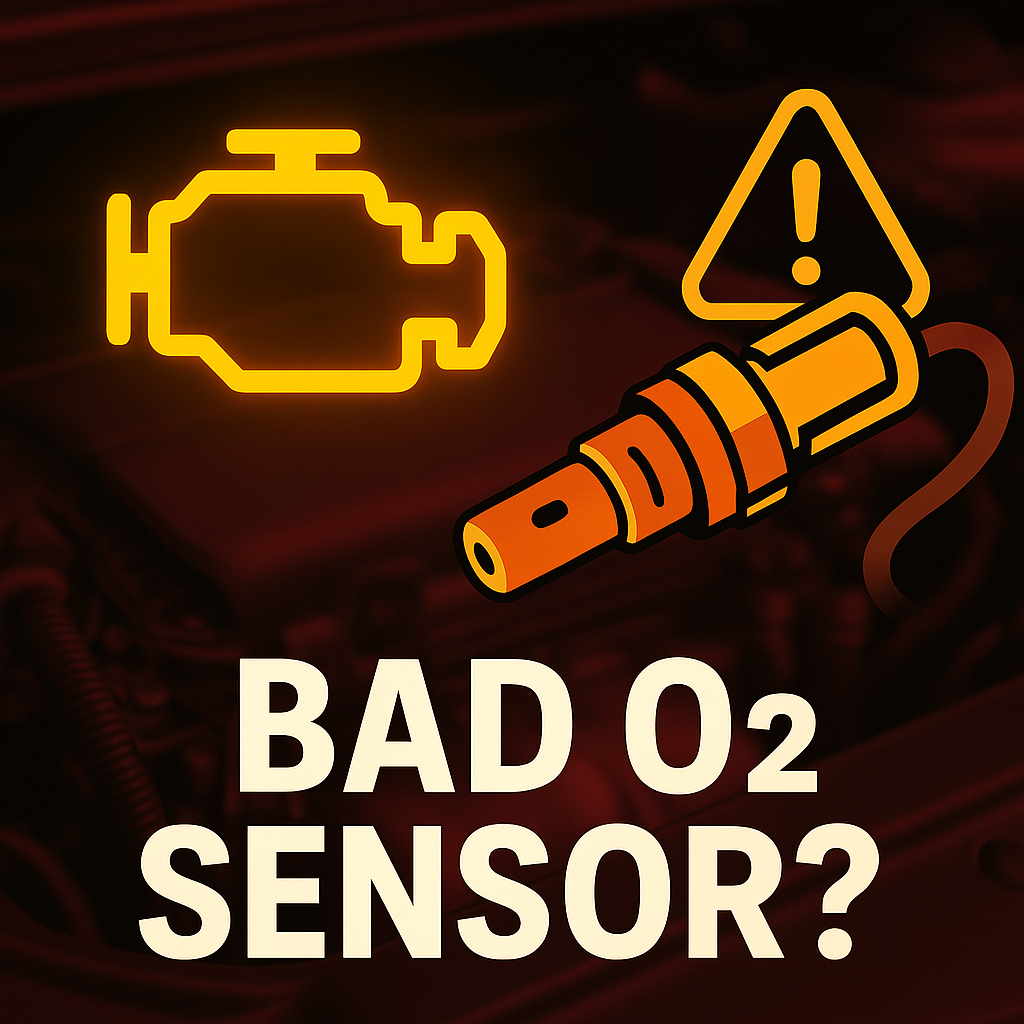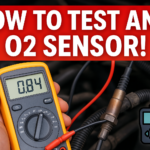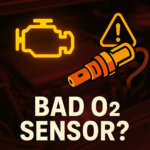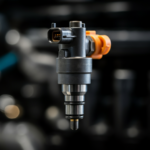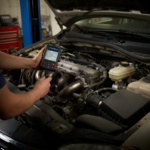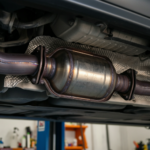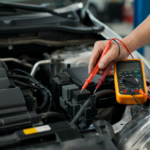When it comes to maintaining your car’s performance and efficiency, your oxygen sensor (O2 sensor) plays a surprisingly crucial role. But like any car component, it can fail—leading to a range of performance issues. Recognizing bad O2 sensor symptoms early can save you from costly repairs and help keep your car running smoothly.
Whether you’re a car owner, a DIY mechanic, or someone passionate about auto maintenance, this guide will walk you through the most common bad oxygen sensor symptoms, how they affect your vehicle, and what to do about them.
What Is an O2 Sensor and Why Is It Important?
The oxygen sensor, or O2 sensor, monitors the air-fuel mixture in your vehicle’s exhaust system. It ensures that the engine receives just the right balance for optimal combustion. Too much fuel results in a rich mixture, while too little fuel creates a lean mixture—both of which can cause performance problems and excess emissions.
Typically located within the exhaust manifold or downstream of the catalytic converter, the O2 sensor communicates with your car’s engine control unit (ECU). This data helps regulate fuel injection and ignition timing, maintaining emissions compliance and safeguarding the engine’s efficiency.
A bad O2 sensor disrupts this delicate balance, leading to noticeable symptoms that you shouldn’t ignore.
9 Common Signs of a Bad O2 Sensor
Here are the key signs of a bad oxygen sensor that indicate when it’s time for a replacement:
1. Check Engine Light
A failing oxygen sensor is one of the most common reasons your car’s check engine light might illuminate. The ECU often detects unusual O2 readings and triggers the light to alert you. Use an OBD-II scanner to retrieve codes related to a bad 02 sensor, such as P0130 or P0171.
2. Poor Fuel Efficiency
One of the most noticeable O2 sensor symptoms is a drop in gas mileage. When the ECU receives faulty or no data from the sensor, it often compensates by injecting excessive fuel into the engine. This results in poor gas mileage and impacts your wallet.
3. Engine Misfires
A deteriorating O2 sensor can cause inaccurate air-fuel mixture readings, leading to engine misfires. This results in jerks during acceleration, a loss of power, and potentially severe engine damage if left unchecked.
Learn how misfiring affects your engine with this useful symptom detection guide.
4. Rough Idle
A bad oxygen sensor often impacts the consistency of the air-fuel mix, resulting in a rough idle. You may notice that the engine feels bumpy or unusually unstable when at a standstill.
5. Failed Emissions Test
Struggling to pass an emissions test? High levels of carbon monoxide or hydrocarbons in your car’s exhaust gases signal that the O2 sensor or catalytic converter is likely to blame. Replacing a faulty oxygen sensor is a simple step toward compliance.
6. Rotten Egg Smell from Exhaust
This peculiar smell, caused by unburned fuel creating sulfur buildup, is a clear indicator of an issue within your exhaust system. A bad O2 sensor often leads to a rich fuel mixture, resulting in this distinctive odor.
7. Excessive Exhaust Smoke
Incomplete combustion from a failing sensor can lead to thick, black smoke coming from your exhaust pipe. This is caused by unburnt fuel exiting the combustion chamber.
8. Loss of Power
Struggling to accelerate or maintain speed? An imbalanced air-fuel ratio caused by an inaccurate O2 sensor can cause a significant drop in engine power.
9. Catalytic Converter Failure
A long-term unaddressed bad O2 sensor can lead to damage to your catalytic converter. This costly component is critical for reducing vehicle emissions. Replacing the sensor early can save you from expensive repairs!
What Does a Bad O2 Sensor Look Like?
Physical signs of wear include black soot or carbon buildup, cracks, or visible corrosion around the sensor. If your O2 sensor looks damaged, it should be replaced immediately.
Can You Drive with a Bad O2 Sensor?
Technically, yes—but it’s a bad idea. A failing sensor disrupts your car’s efficiency, increases emissions, and can cause lasting engine or catalytic converter damage. Addressing the oxygen sensor symptoms early ensures your car runs efficiently and safely.
How to Determine Which Oxygen Sensor Is Bad
If you’re wondering how to tell if your O2 sensor is bad, or which one of the multiple sensors in your car might be failing, here’s a quick guide:
- Check the Engine Codes
Use an OBD-II scanner, which can identify specific trouble codes (e.g. P0420) to pinpoint the malfunctioning sensor.
- Visual Inspection
Check for soot, cracks, or damage. Loose O2 sensors can also be a sign of deterioration.
- Consult the Pros
If you’re still uncertain, a professional mechanic can diagnose the issue using advanced tools to identify which sensor is causing trouble.
How to Tell If Your O2 Sensor Is Bad
- Monitor Fuel Efficiency
Notice frequent trips to the gas station? It could be a sign of a failing oxygen sensor.
- Pay Attention to Odors
A strong rotten egg smell or excess exhaust smoke points to a rich fuel mixture caused by a faulty sensor.
- Look for Engine Alerts
Rough idle, misfires, or a check engine light are major signs of oxygen sensor issues.
By catching these symptoms early, you can avoid operational problems and prevent costly repairs.
When to Replace Your O2 Sensor
Most O2 sensors last between 60,000 to 90,000 miles. However, driving conditions like frequent short trips, stop-and-go traffic, or exposure to contaminants can shorten their lifespan. Regular maintenance and inspections can help catch symptoms of a faulty O2 sensor before it fails completely.
If you’re ready to replace the sensor, ensure you select one that’s compatible with your vehicle. Alternatively, consult a trusted mechanic for professional installation.
Final Thoughts: Don’t Ignore the Signs of a Failing O2 Sensor
A bad O2 sensor doesn’t just cause mild inconvenience—it can significantly affect your vehicle’s performance, fuel economy, and emissions output. Early detection is key to preventing costly damage to critical parts like the catalytic converter or combustion chamber.
Still have questions about O2 sensors and their impact? Don’t hesitate to explore further at Universal Technical Institute’s O2 Sensor Guide.
Keep an eye on these oxygen sensor symptoms, and if you catch any early signs, act quickly to maintain your car’s health and efficiency.
